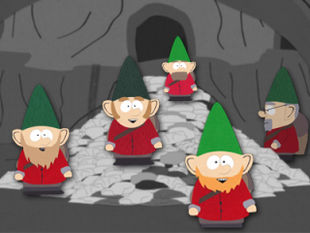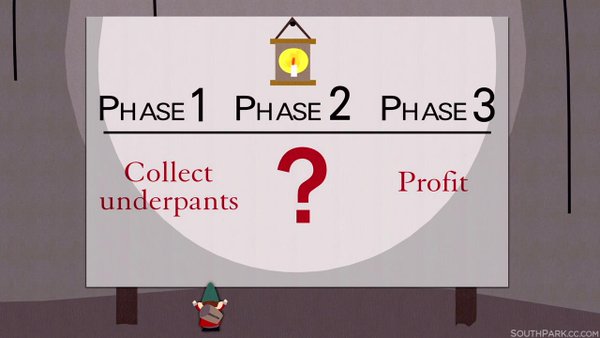A funny but controversial show, South Park, drills down and satirizes every day topics. Concepts are simplified and sometimes distorted as seen thru the eyes of the young characters. One such episode features the Underpants Gnomes who are to blame for mysteriously missing underpants – sound familiar parents?

The secret lair of the gnomes is viewed as many gnomes work feverishly adding underpants to their already heaping pile. As self-proclaimed business experts, the gnomes business plan is proudly displayed showing that they collect underpants in phase 1, and make profit in phase 3, with confusion and no explanation as to ‘how’ in phase 2.

Phase 2 is the often that elusive business process that converts what you’re doing in Phase 1, to a successful outcome noted in Phase 3. It is the ‘secret sauce’ of success.
Implementing CECL can feel just that way.
We are told what to do and why to do it, but the process can feel mysterious.
Mosaic solves for the mysterious Phase 2 in CECL reporting.
Basically, Mosaic collects underpants. Underpants of all styles, colors and sizes are collected and warehoused. Then Mosaic’s loan level expected loss modeling is implemented as Phase 2 in order to deliver Phase 3 - CECL Success.
The biggest difference between Mosaic and South Park, aside from not collecting underpants, is that Mosaic’s process is not elusive at all.
Mosaic’s Phase 2 has been vetted by national accounting firms and is easily implemented for financial institutions of all shapes and sizes to help convert disparate data to useable information.
